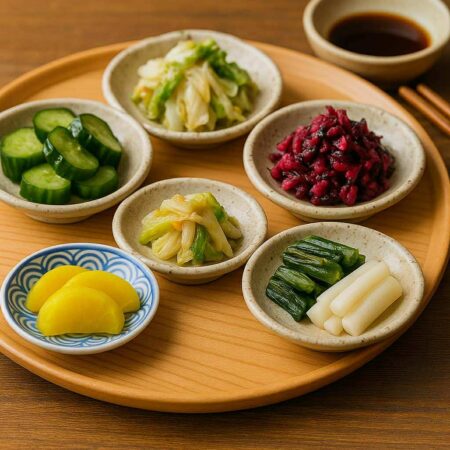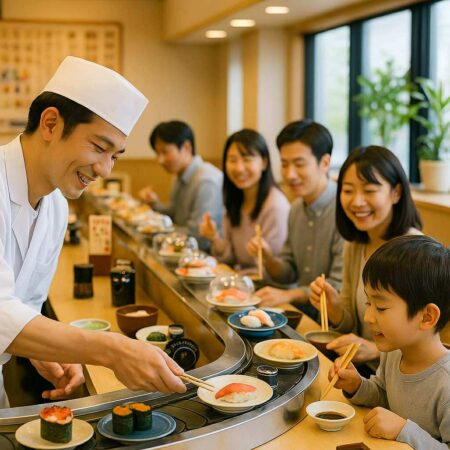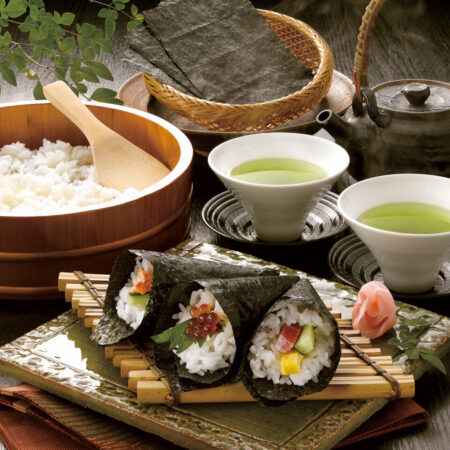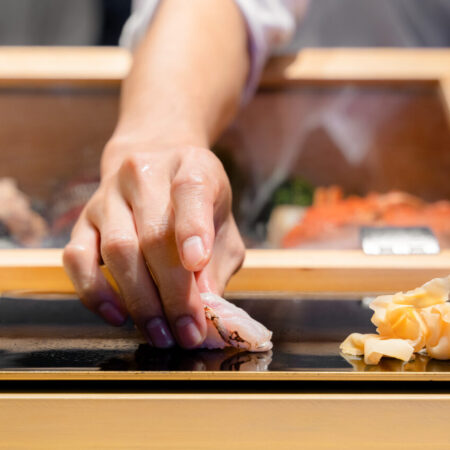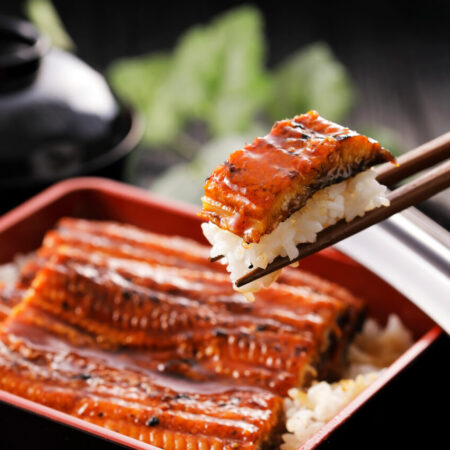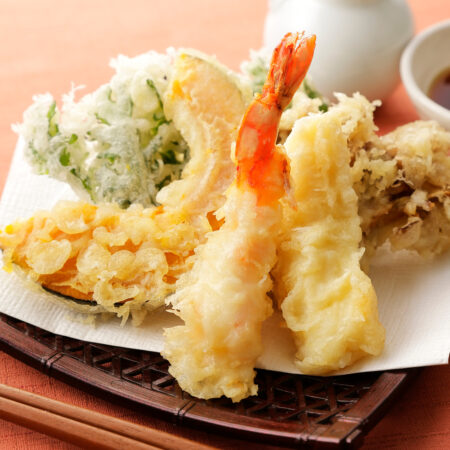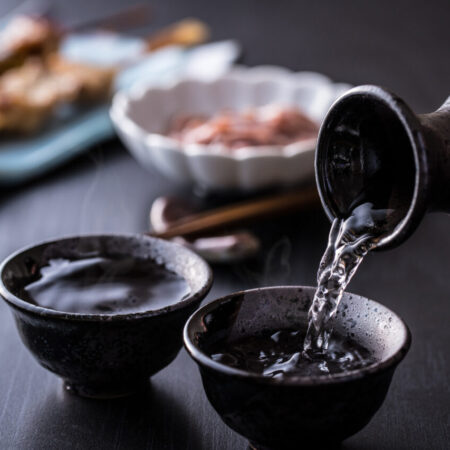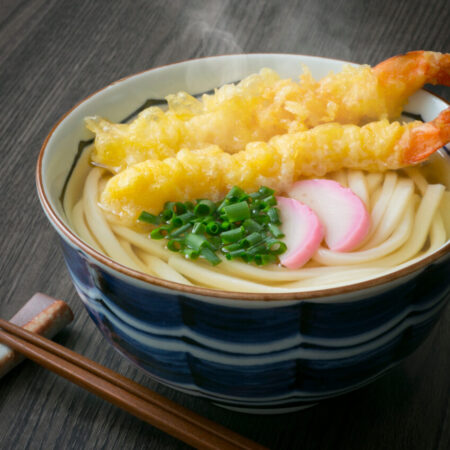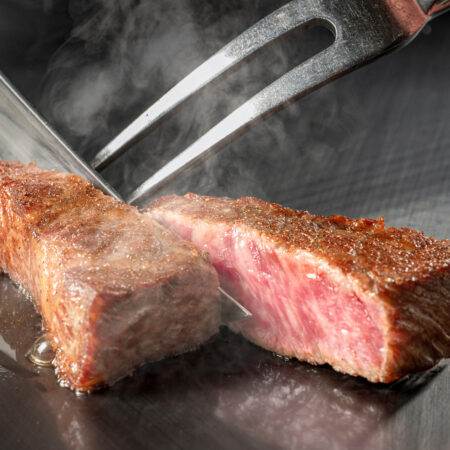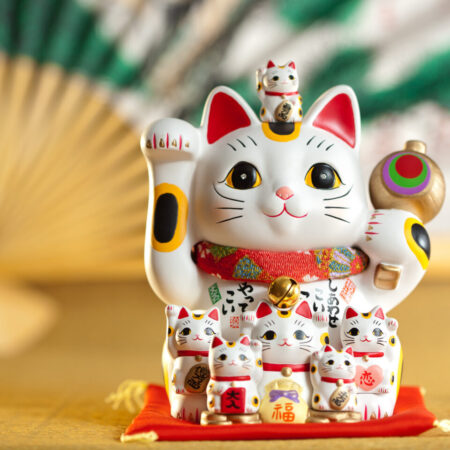The Untold Story of the Birth of Conveyor Belt Sushi
In 1958, in Osaka, the first conveyor belt sushi lane was born at a sushi restaurant called “Genroku Sushi.” Originally a standing sushi bar, its affordability led to it being extremely popular. However, there was a problem: despite the influx of customers, there were too few sushi chefs, making operations challenging. One day, a turning point came when the founder, Yoshiaki Shiraishi, visited a local beer factory with friends. Watching the beer bottles being transported on a conveyor belt, he had an epiphany: “Why not use a conveyor belt to serve sushi?” This would allow the serving of sushi to many customers, even with a limited number of chefs.
How to Navigate the Curves?
They immediately began developing the sushi conveyor belt system, but there was one major issue: the conveyor belt couldn’t handle curves well. As one can imagine, sushi, with its balance of rice and toppings, is a delicate dish. Any imbalance would make it unservable. After a decade of trial and error, the breakthrough came unexpectedly. Shiraishi casually fanned out a business card in a semi-circular shape, leading to the idea that a fan-shaped lane might navigate curves. This idea was the birth of the modern conveyor belt sushi lane.
Conveyor Belt Sushi Facts
- First Store’s Catchphrase: In April of Showa 33 (1958), the first “Rotating Genroku Sushi” store opened in Fuse City. The previous year, the former USSR had successfully launched the first artificial satellite, which inspired the catchphrase “Satellite Rotating Sushi.”
- Technological Evolution: The first conveyor belt sushi restaurants manually transported sushi, but now, with advanced technology, some restaurants deliver ordered sushi directly to the customer’s seat.
- Direction of the Conveyor: Interestingly, conveyor belt sushi lanes always rotate from right to left, which caters to the majority of people being right-handed.
- Diverse Menu: Many restaurants offer not only sushi but also desserts and side dishes. This ensures that even those who aren’t fond of sushi can enjoy their meal.
Conveyor Belt Sushi Manners
- Don’t Overpick: Freshness is vital for sushi. Ensure you eat it as soon as you pick it. Also, returning a plate you’ve taken to the conveyor is a faux pas.
- Using Hands is Fine: If you find chopsticks challenging, eating with your hands is acceptable.
- Ginger as a Palate Cleanser: Pickled ginger (Gari) is used to cleanse the palate. Consume it in between different sushi to enjoy the distinct flavors.
- Don’t Wipe Hands with the Tea: The hot tea served is for drinking. Many conveyor belt sushi places have a faucet at the seat for tea, which dispenses boiling water. Be cautious.
Enjoy Sushi Casually!
Genroku Sushi, which began as a standing sushi bar, conceived the idea of the conveyor belt sushi lane to manage its operations efficiently. It’s surprising to learn that it took a decade to perfect this system. Without the conveyor belt sushi, sushi might still be perceived as an “expensive delicacy.” It has become a unique aspect of Japanese culinary culture, allowing one to enjoy various sushi casually. When visiting Japan, don’t miss out on this unique experience!




